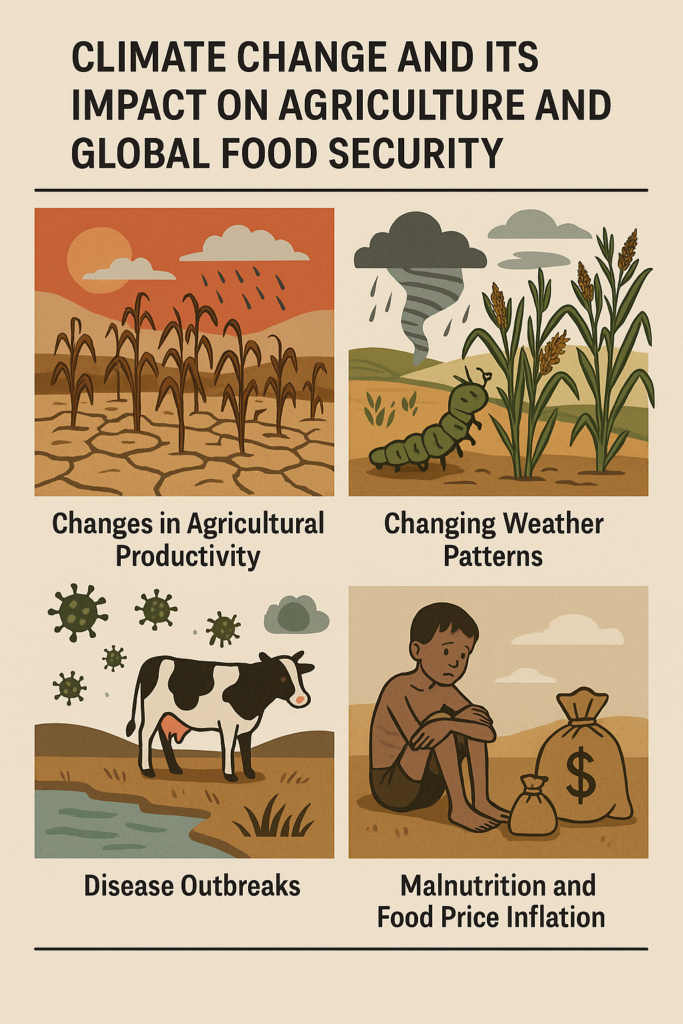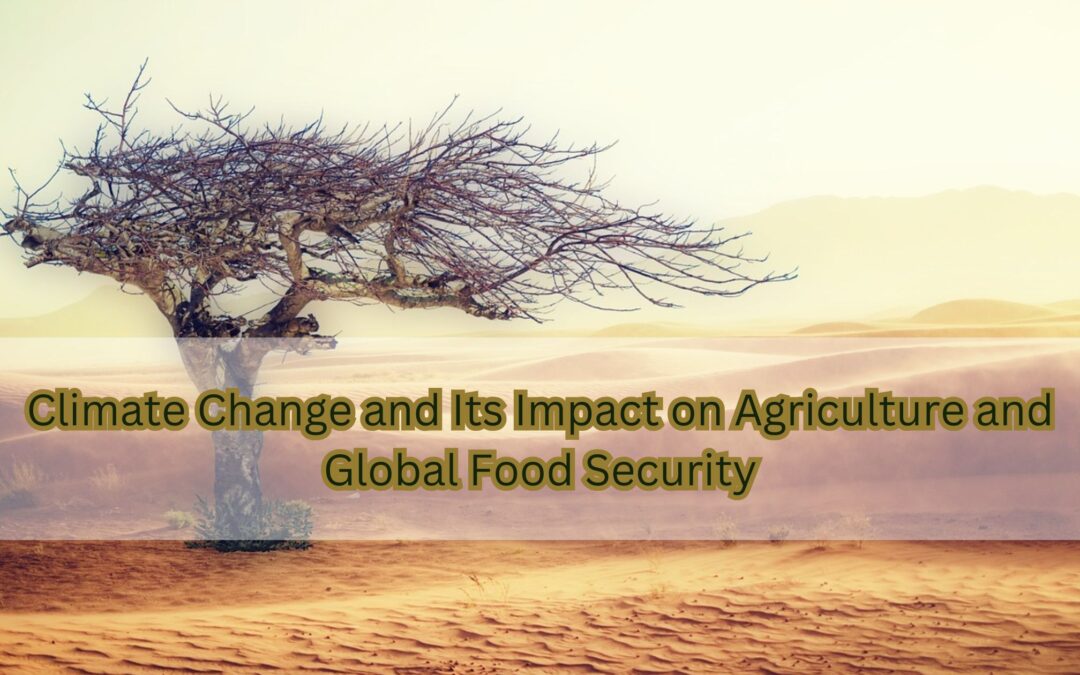The Power of Reforestation: A Natural Solution to Climate Change
Reforestation is one of the most powerful and accessible tools we have to fight climate change. By restoring forests that have been degraded or destroyed, we not only pull excess carbon dioxide out of the atmosphere, but we also rebuild ecosystems, support biodiversity, and secure livelihoods for local communities. Trees are nature’s climate warriors—absorbing carbon, cooling the air, protecting soil, and regulating water cycles. In a world grappling with rising temperatures, extreme weather, and environmental degradation, the power of reforestation offers a hopeful, regenerative path forward.
Let’s talk honestly—climate change is changing everything, including how we grow, harvest, and access food. Around the world, rising temperatures, wild weather swings, and natural disasters are making it harder for farmers to keep food on their plates. This isn’t just an environmental crisis—it’s a direct threat to agriculture and global food security.
How Climate Change Disrupts Agricultural Productivity
Farmers know it best: growing food depends on the weather. When rainfall disappears or floods take over, crops can’t thrive. As the climate changes, agricultural productivity takes a big hit—especially for staples like wheat, rice, and maize, which suffer under extreme heat.
In places like Sub-Saharan Africa and South Asia, where farming depends mostly on rain, droughts and floods are not only more frequent—they’re more severe. That means fewer crops, degraded soils, and hungry families.
Weather Patterns Are No Longer Predictable
It used to be easier to plan the farming season. Now, with changing weather patterns, nothing is certain. A late frost or an early heatwave can destroy months of work in days.
And it gets worse: warmer conditions are helping pests and diseases spread. A good example is the fall armyworm, which started in the Americas but is now destroying maize across Asia and Africa. This adds yet another layer of risk to farming.

Climate Change Affects Livestock and Fisheries Too
Let’s not forget our protein sources. Livestock and fisheries are feeling the pressure too. Heatwaves, disease outbreaks, and water shortages can wipe out entire herds. In the oceans, warming temperatures and acidification are driving fish away and damaging marine ecosystems.
Fishermen now have to go farther, stay longer, and spend more just to get the same catch—if they’re lucky.
When Food Gets Scarce, Hunger and Malnutrition Rise
Here’s the harsh reality: when there’s less food, prices rise. That hits low-income families hardest. When people can’t afford fresh, healthy food, they turn to cheaper, less nutritious options. That leads to malnutrition, especially in children.
In the worst cases, food shortages can lead to conflict, forced migration, and political instability. Food security isn’t just about feeding people—it’s about keeping societies stable.
We Need Climate-Smart Solutions for Agriculture
Thankfully, we’re not out of options. Climate-smart agriculture offers tools and strategies that help farmers adapt. Here’s what it looks like:
- Agroforestry to protect soil and boost biodiversity
- Drought-tolerant crops for dry regions
- Efficient water systems that reduce waste
- Early warning systems to help farmers prepare
Want to dive deeper? Explore how climate-smart agriculture works.
A Global Food Justice Challenge
We need more than farming solutions. We must reduce greenhouse gas emissions and protect natural resources. This is a food justice issue. Everyone deserves access to healthy, affordable food.
The truth is, that global food security and climate change are linked. If we don’t act fast, the consequences will multiply—for people, economies, and ecosystems.
Get Involved and Make a Difference
Want to help build a more food-secure and climate-resilient world?
Visit EATCommunity.com to connect with others working on sustainable agriculture and learn how you can be part of the solution. Whether you’re a farmer, a consumer, or just someone who cares about the planet—your actions matter.
References & Related Articles:
- The Power of Reforestation: A Natural Solution to Climate Change
- Polyculture Farming: Reviving Traditional Practices for Modern Food Security
- How Technology is Advancing Regenerative Agricultural Practices
- Intergovernmental Panel on Climate Change (IPCC). Climate Change and Land Report. https://www.ipcc.ch/srccl/
- Food and Agriculture Organization (FAO). The State of Food Security and Nutrition in the World. https://www.fao.org/state-of-food-security-nutrition
- World Bank. Climate-Smart Agriculture. https://www.worldbank.org/en/topic/climate-smart-agriculture
- United Nations Environment Programme (UNEP). Climate Change and Food Security. https://www.unep.org/resources/report



